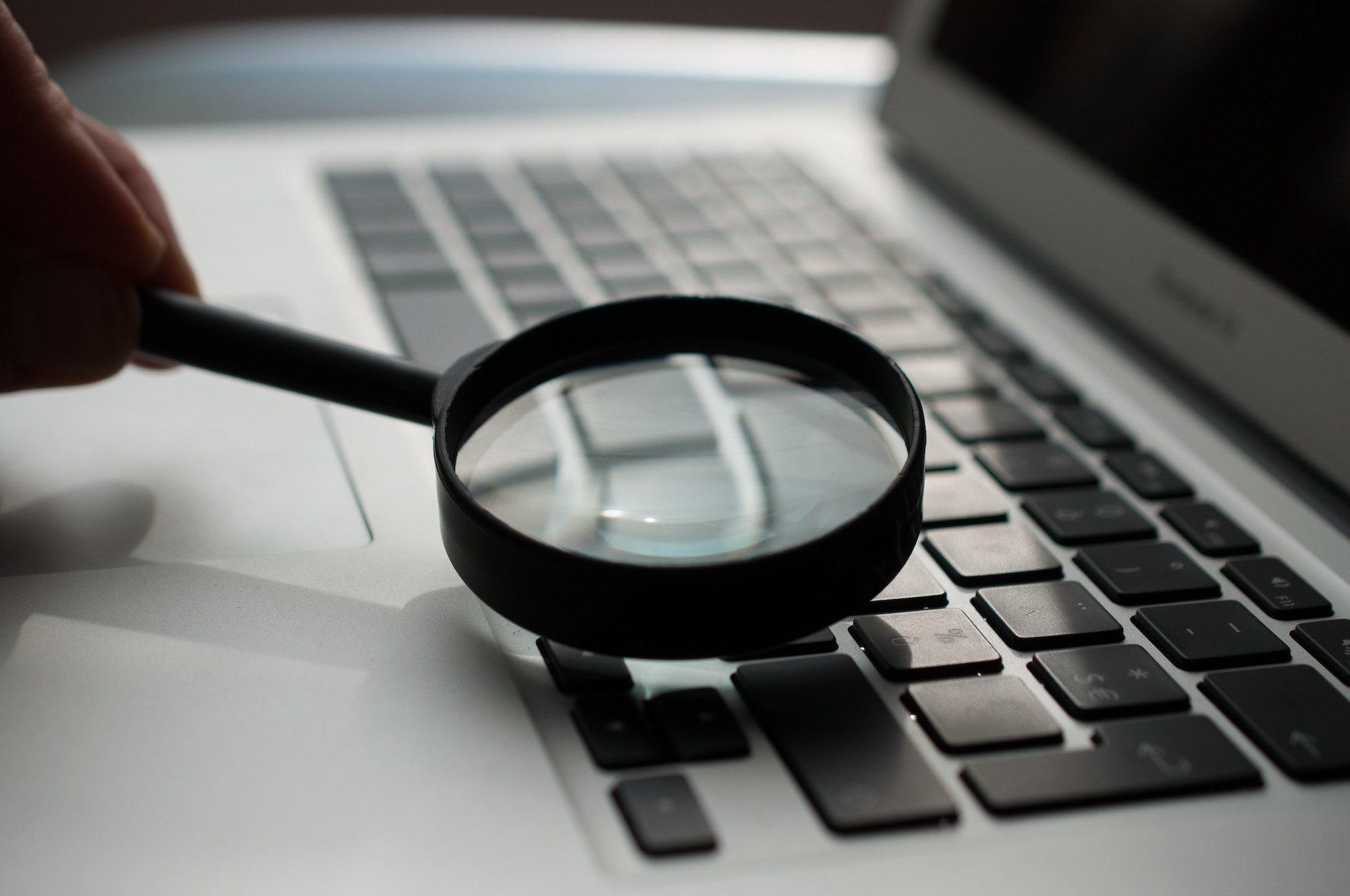A Closer Look at Collection Site Security and Integrity
This information is provided for educational purposes only. Reader retains full responsibility for the use of the information contained herein.
The Department of Transportation (DOT) has rigid requirements when it comes to the sample collection process. Collectors must hold DOT certification to perform DOT collections, and collection facilities must adhere to certain parameters to be used for DOT collections. DOT’s 10 Steps to Collection Site Security and Integrity is a document outlining these parameters. It is often posted in collection facilities serving as an educational tool for both collectors and donors.
While some of the steps on the security and integrity document are straightforward and self-explanatory, some warrant further discussion, especially for those who are new to the DOT collection process, or for those wanting to further develop their understanding of the drug testing industry. In this article we will take a closer look at this document and discuss the importance of each step, ultimately revealing how all these steps work together to maintain collection site security and integrity.
Step 1: Pay careful attention to employees throughout the collection process.
Employees subject to drug testing may not always be willing participants. In some cases, an individual may attempt to cheat at some point during the collection process. Keeping a close eye on employees can help ensure that those efforts are minimized, and when something abnormal does occur it can be handled accordingly. Depending on the severity of the situation, the collector can decide the appropriate action, which includes performing a collection under direct observation, or terminating the collection process all together.
Step 2: Ensure that there is no unauthorized access into collection areas and that undetected access is not possible.
During the collection process, the collection facility should only be accessible to individuals involved with the collection process. With a few exceptions, only the collector and employee (donor) should be in the collection area while a collection is occurring. Exceptions include personnel who may be necessary to properly conduct the collection, e.g., observers, monitors, and translators. Unauthorized access to a collection area can lead to disruptions in the collection process. If a backdoor is present a donor could attempt to bring another person in to provide the sample.
Step 3: Make sure employees show proper picture ID.
An obvious step in the collection process is to verify the employee’s identification to ensure the collection is being completed for the correct person. However, only certain forms of identification are appropriate for DOT collections. Acceptable forms of identification include a photo ID issued by a Federal, state, or local government agency, identification by an employer or employer representative, or any other ID allowed under an operating administration’s rule (FMCSA, FAA, etc.).
Step 4: Make sure employees empty pockets, remove outer garments, leave bags behind, and wash their hands.
The goal of this step is to ensure that employees do not have the opportunity to conceal and carry something into the collection area that can affect the collection process. This is true as well for washing hands, as a motivated employee can apply an adulterant to their hands, such as bleach, that may be introduced into the sample to cheat. Although an employee must part with their personal items while providing a urine sample, they can be issued a receipt upon request by the collector to ensure all their items are accounted for once the collection is completed.
Step 5: Maintain personal control of the specimen and CCF at all times during the collection.
The Custody and Control Form (CCF) is the document used for all DOT collections. The CCF contains a unique specimen ID number that is printed on the form itself, as well as the sample seals that will later be affixed to the bottle containing the urine sample. A collector maintaining personal control of the CCF and specimen throughout the entirety of the collection process will help ensure that the correct sample will go to the lab, and the information provided on the CCF is accurate.
Step 6: Secure any water sources or otherwise make them unavailable to employees.
Some collection facilities are constructed tailor-made to accommodate DOT collections, but others are simply converting a standard restroom into a DOT-approved collection area. Shutting off and securing all available water sources during the collection process will thwart an individual from potentially using a water source to dilute or adulterate their sample.
Step 7: Ensure that the water in the toilet and tank has bluing (coloring) agent in it.
Toilets naturally have water in the bowl and tank, and access to this water cannot always be restricted. By adding a bluing agent to these water sources an employee is not able to use them to successfully dilute or adulterate their sample. Should an employee introduce blue water into their sample container, it would be dramatically obvious to the collector, who can then take appropriate action, such as requiring a directly observed collection.
Step 8: Ensure that no soap, disinfectant, cleaning agents, or other possible adulterants are present.
Although laboratories perform specimen validity testing on all DOT urine samples, removing the opportunity to introduce adulterants during the sample collection can streamline the overall process. The purpose of this step is to do just that and eliminate any opportunity for an employee to cheat.
Step 9: Inspect the site to ensure that no foreign or unauthorized substances are present.
Like steps six through eight, this step also works to minimize or even eliminate the opportunity for an employee to cheat. Virtually anything can be used as an adulterant, or at least attempted to be used, so inspecting the site is necessary to ensure a valid test result.
Step 10: Secure areas and items that appear suitable for concealing contaminants.
Employees who wish to cheat a drug test can be crafty. Areas such as ledges, trash cans, paper towel holders, and ceiling tiles may be used to conceal contaminants, or other items that may be used to alter a test. Collectors should inspect all potential hiding spots before each collection to ensure the collection area is secure.
Conclusion
The collector is responsible for ensuring that the security and integrity of the collection process is not compromised, which can be achieved by strict adherence to the ten steps outlined by the DOT.



